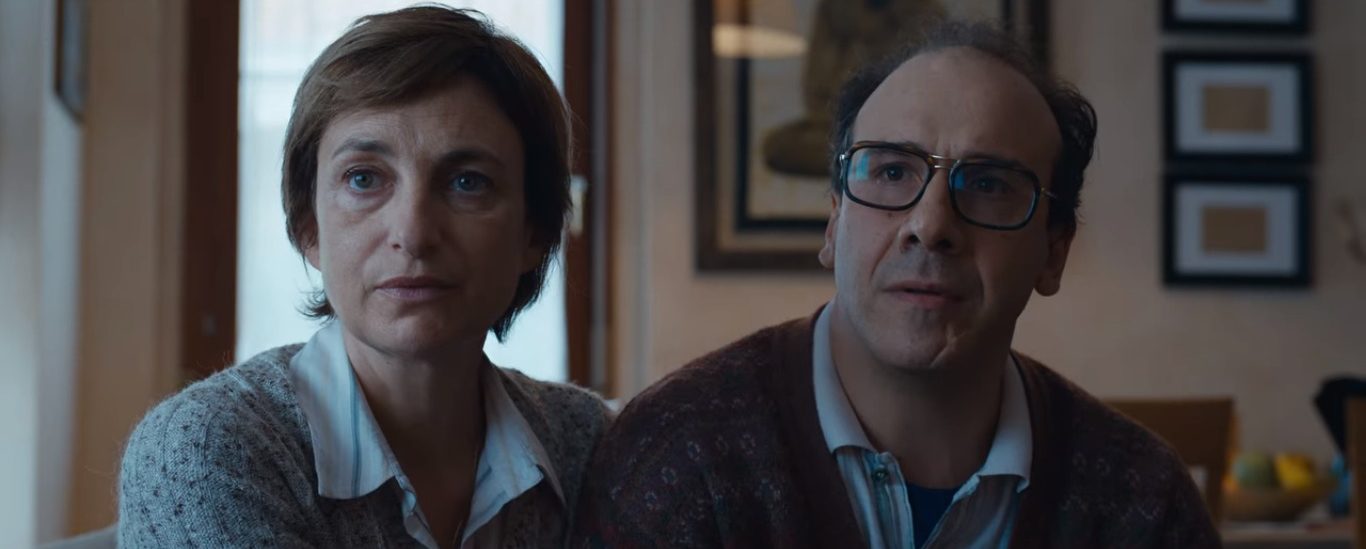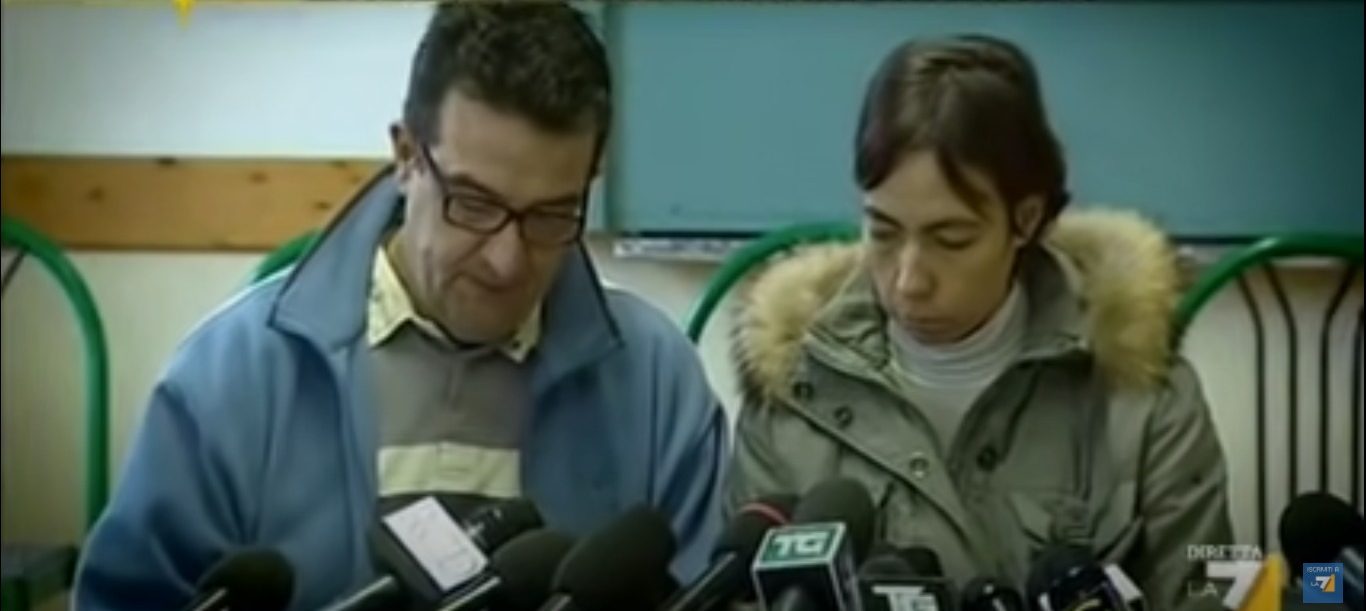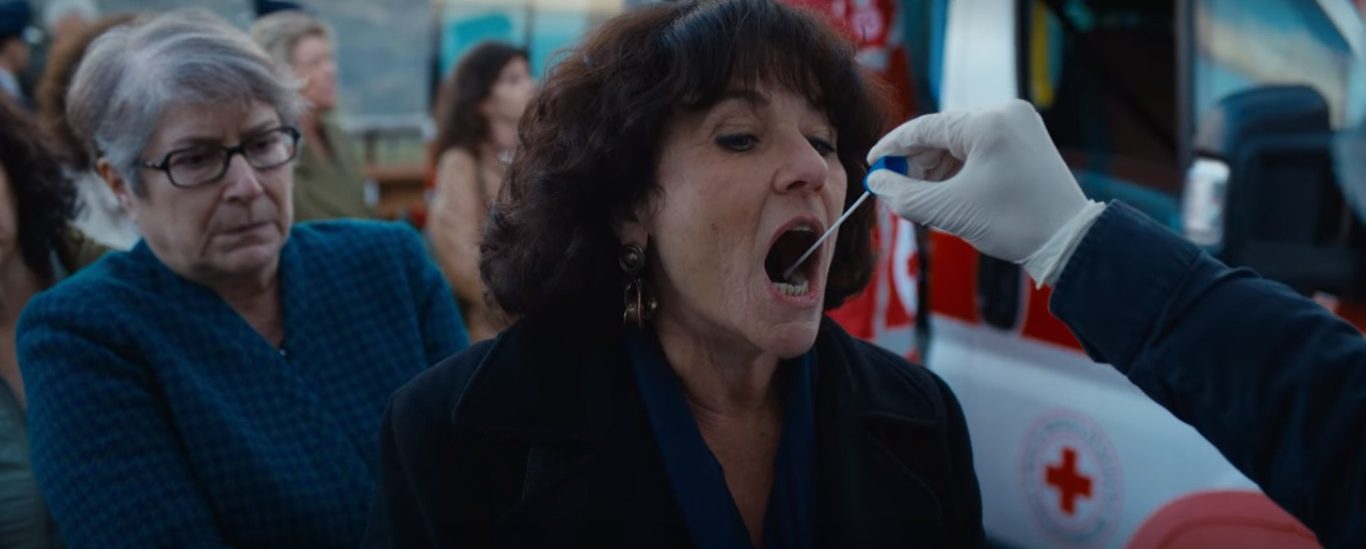‘Yara’ is an Italian crime drama on Netflix that follows the assault and murder of a young girl and the subsequent investigation surrounding it. The film depicts the harrowing story in detail, taking audiences through the various steps of the long and complicated search for the missing victim, and subsequently, her killer. At the center of it is prosecutor Letizia Ruggeri, who continues her dogged pursuit for the criminal despite overwhelming pressure and criticism from politicians and the public.
Eventually, the case is solved, or so it seems, as the accused never admits to the crime. The no-frills, somber tone of the film only highlights the appalling nature of the case and just how harrowing the multi-year investigation is. We decided to take a look at how much of the case seen in ‘Yara’ is based on a true story.
Is Yara Based on a True Story?
Yes, ‘Yara’ is based on a true story. The film follows the shocking murder of Yara Gambirasio, a 13-year old Italian girl, and the subsequent investigation that continued for years. The film faithfully depicts the events surrounding her disappearance on November 26, 2010, and the massive search undertaken to locate her. The narrative also delves into how the accused was located using DNA evidence and by creating large genetic databases to track everyone that the victim might have come in contact with. Writer Graziano Diana and director Marco Tullio Giordana keep the film’s tone balanced and largely unemotional, letting the events speak for themselves with devastating efficiency.

As depicted in the film, Yara Gambirasio was on the way back from the Brembate di Sopra sports center in Bergamo on the evening of November 26, 2010, but never reached home, which was a short walk away. Despite a widespread search that included hundreds of volunteers, it was still over three months before Yara’s body was finally discovered on February 26, 2011, in Chignolo d’Isola, about 10 kilometers from the sports center. The wounds inflicted on the child, as well as details about her cause of death, are also mentioned in the film.
The questioning of an initial suspect, later released due to a mistake made in translating his call, and the discovery of liquid containing DNA on the victim’s clothes are all parts of the film’s narrative that accurately reflect what actually happened. The massive operation involving the collection of genetic samples from nearly 22,000 people made this Italy’s most extensive DNA search, which finally led to the arrest of (then) 43-year-old Massimo Giuseppe Bossetti.
Perhaps one of the film’s most remarkable aspects — the convoluted path through which the DNA evidence led investigators to Bossetti’s mother, Ester Arzuffi, before they were able to locate him — is all true. So is the way in which a routine breathalyzer check post was staged to collect Bossetti’s DNA to corroborate the evidence. He was finally arrested in June 2014.

Despite being ultimately found guilty and sentenced to life imprisonment, certain doubts have been raised about the veracity of the DNA evidence that largely indicted Bossetti. The absence of mitochondrial DNA in the sample has been noted as a red flag in the evidence presented. The accused’s legal team also claims to have demanded access to the “secondary artifacts” like the items of clothing from which the incriminating DNA sample was obtained. According to Bossetti’s lawyers Claudio Salvagni and Paolo Camporini, their requests have been rejected thrice. As of November 5, 2021, they plan on filing an appeal with the Supreme Court for the fourth time to access these artifacts.
As stated in the closing captions of ‘Yara,’ Bossetti’s appeals have been rejected, and his guilty verdict upheld multiple times. However, upon being asked, the defendant’s lawyers also weighed in on the depiction of the case in ‘Yara,’ saying that the film is not faithful to the real narrative and that the defense team was not consulted in its making. Therefore, much like the case, the film inspired by it also remains contested. However, for the most part, ‘Yara’ remains faithful to the (publicly known) details of this remarkably tragic case and presents the sequence of events through a clear-eyed lens.


You must be logged in to post a comment.